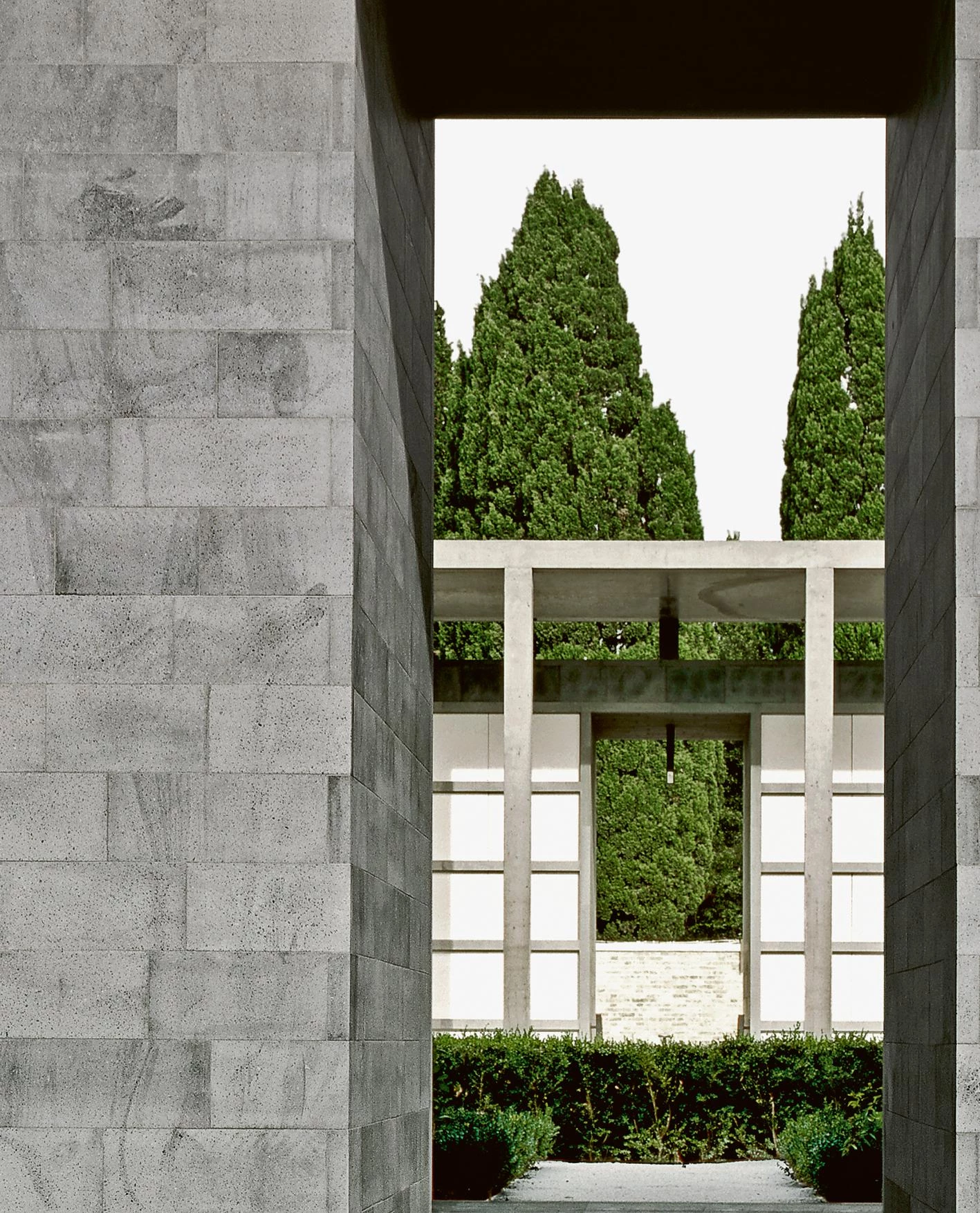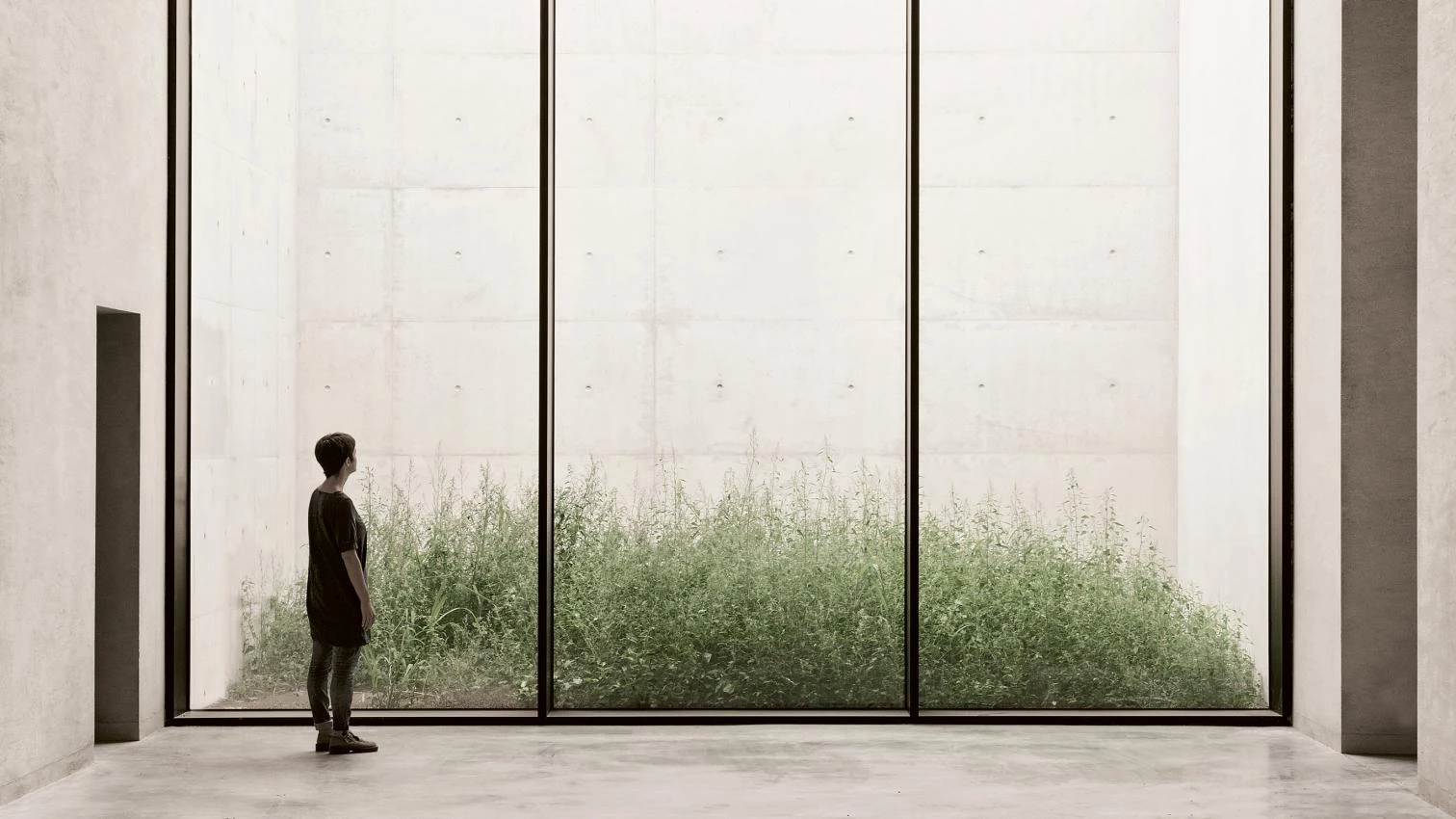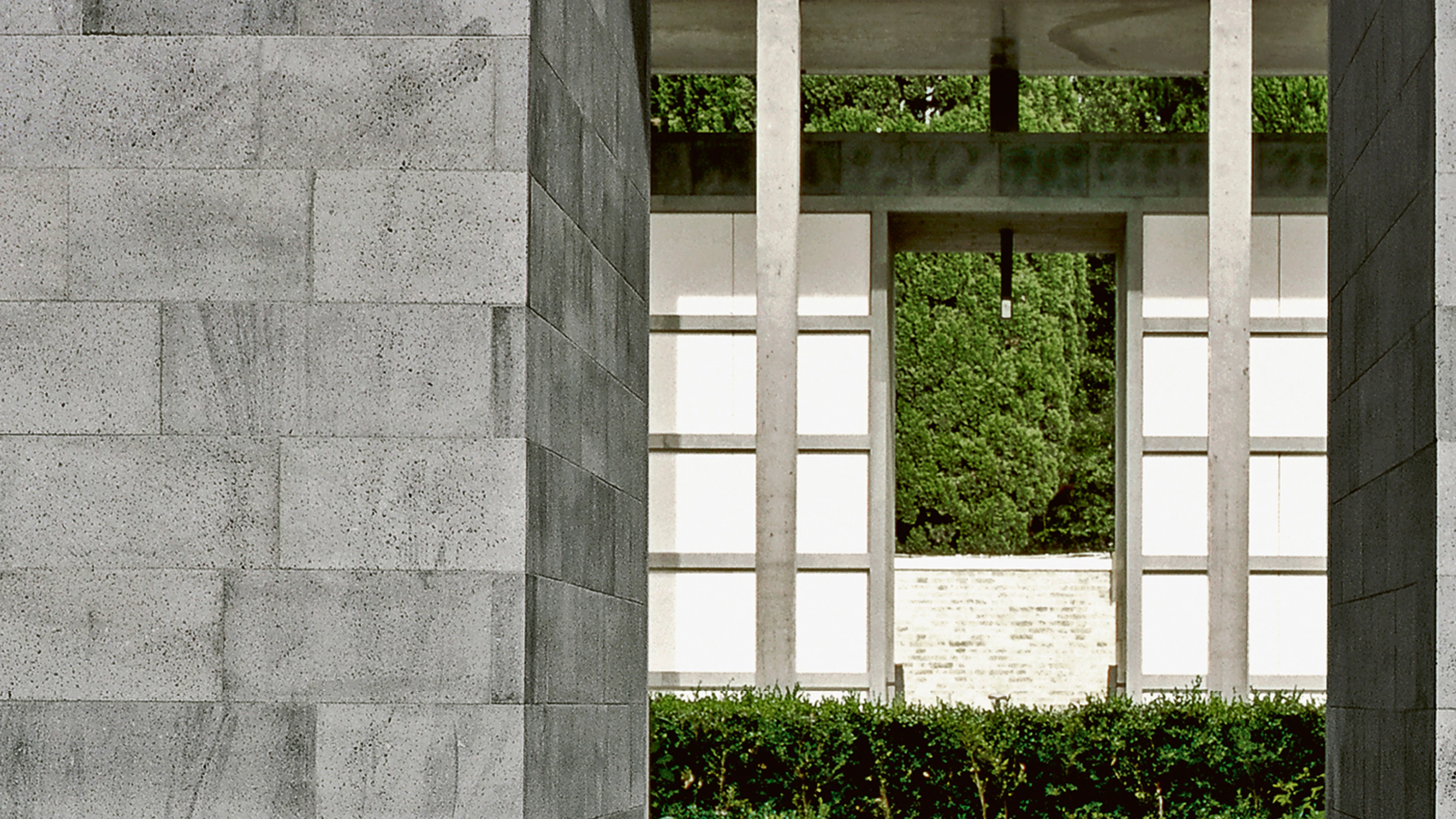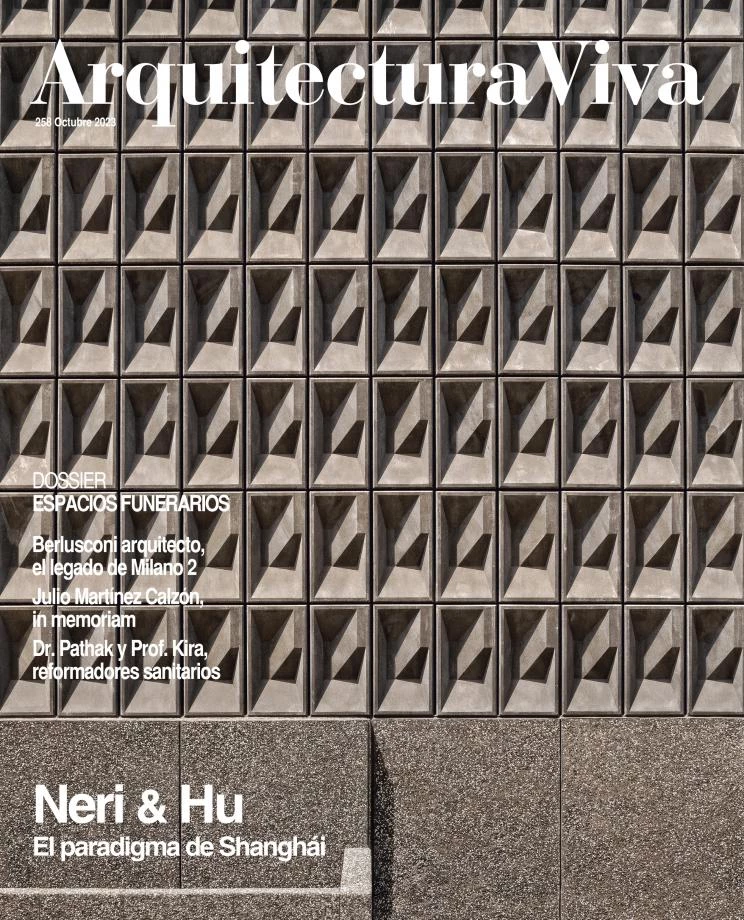Death and Memorial
Contemporary Funerary Spaces

David Chipperfield Architects, San Michele's Cementery, Venice (Italy)
In a society that tends to be in denial about its inevitable finitude, being reminded that architecture is intimately tied to death can be considered unsavory. With our spaces placed at the service of production, our homes, pleasure, education, or the agora, it is hard to admit that buildings, the very idea of architecture, have to do with the quest for posterity after death. Adolf Loos always said it: wherever there is a tomb, what we find is the most natural and most honest manifestation of architecture. And beside the tomb Loos placed the monument, a prolongation of the burial mound in the sense that both are made with the purpose of leaving a remembrance, to keep someone or something from being forgotten. Hence, long before tombs, mastabas, dolmens, pyramids, and temples, there was no architecture in the strict sense, just refuge and construction. From the beginning – and to this day – death and architecture have walked hand in hand.
Building for death – straddling two worlds, the finite and the eternal – may well be the most essential way to make architecture. But it is one of the most arduous, laden with huge difficulties. One involves the fact that the aspiration to last forever contradicts the values of consumerism, speed, and ‘superfinitude’ that run the world’s societies. The other comes from our incapacity to create symbols, because we have renounced the semiotic of the monument of efficient classical tradition but our efforts to express transcendence through the modern language has failed to generate codes everyone can recognize.
So it is difficult to build funerary architecture in a secular age that resists the fact of death. Nevetheless, geometric abstraction and atmospheric intensity can be a powerful way to go for the transcendental. This is suggested by the finest examples of our modern funerary tradition, from Tessenow to Miralles through the likes of Asplund, Lewerentz, Fisac, and Ando, and also by certain contemporary architects who have not shied away from evoking the poetry of finitude and death.
Arquitectura Viva has selected three examples to feature in the dossier of this issue. While Bayer & Strobel Architekten have in a funeral chapel in Ingelheim am Rhein (Germany) created a restrained space whose semiotic efficiency rests on elementary geometrical shapes, Markus Schietsch Architekten have in a crematorium in Thun (Switzerland) resorted to a deep colonnade of concrete that once again alludes to the formal constants of architecture. These characteristics are in its own way shared by the Temple of Cremation in Parma (Italy) by Zermani Associati, where a geometry of classicist echoes resonates with the ideal of renunciation and engages with an austere materiality that poetically vibrates with natural light.

KAAN Architecten, Siesegem Crematorium, Alost (Belgium)






